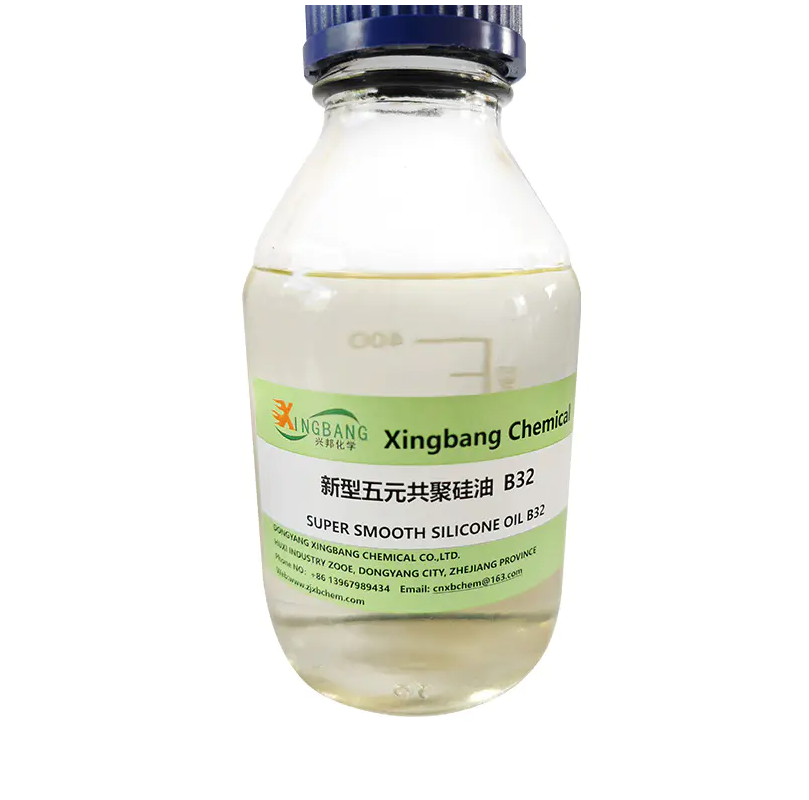A dye-fixing agent is used in the textile industry to improve color fastness after dyeing. It helps the dye molecules bond more firmly to the fabric fibers, reducing color bleeding and fading during washing or exposure to light. This treatment enhances the overall stability and appearance of dyed materials.
The dye-fixing process typically occurs after dyeing and rinsing. The agent reacts with dye molecules to form insoluble complexes, ensuring stronger attachment to the fiber. It is commonly used with reactive, direct, or acid dyes on cotton, polyester, and blended fabrics.
Proper use of a dye-fixing agent ensures that colors remain clear and consistent over time. It also improves the fabric’s resistance to detergents and repeated laundering. Different formulations can be selected based on fiber type and end-use requirements to achieve optimal performance without affecting softness or brightness.
By enhancing wash durability and color retention, dye-fixing agents contribute to the production of textiles that maintain their appearance and quality through extended use. They are an integral part of modern dyeing and finishing processes.



